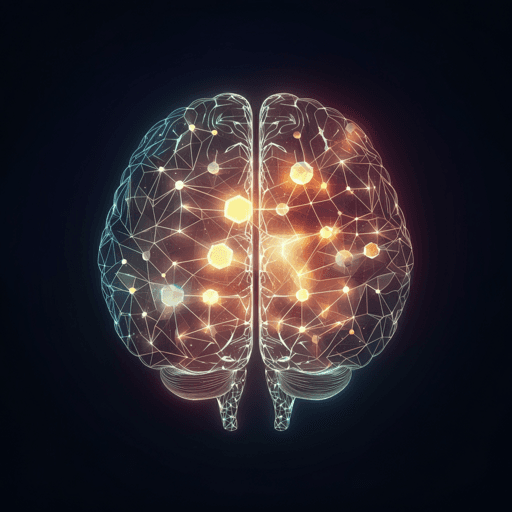
Medicine and Health
Higher-order connectomics of human brain function reveals local topological signatures of task decoding, individual identification, and behavior
A. Santoro, F. Battiston, et al.
By moving beyond pairwise links, this study uncovers rich higher-order structures in fMRI time series that substantially improve task decoding, subsystem identification, and brain–behavior associations. Research was conducted by Andrea Santoro, Federico Battiston, Maxime Lucas, Giovanni Petri, and Enrico Amico.
~3 min • Beginner • English
Related Publications
Explore these studies to deepen your understanding of the subject.







